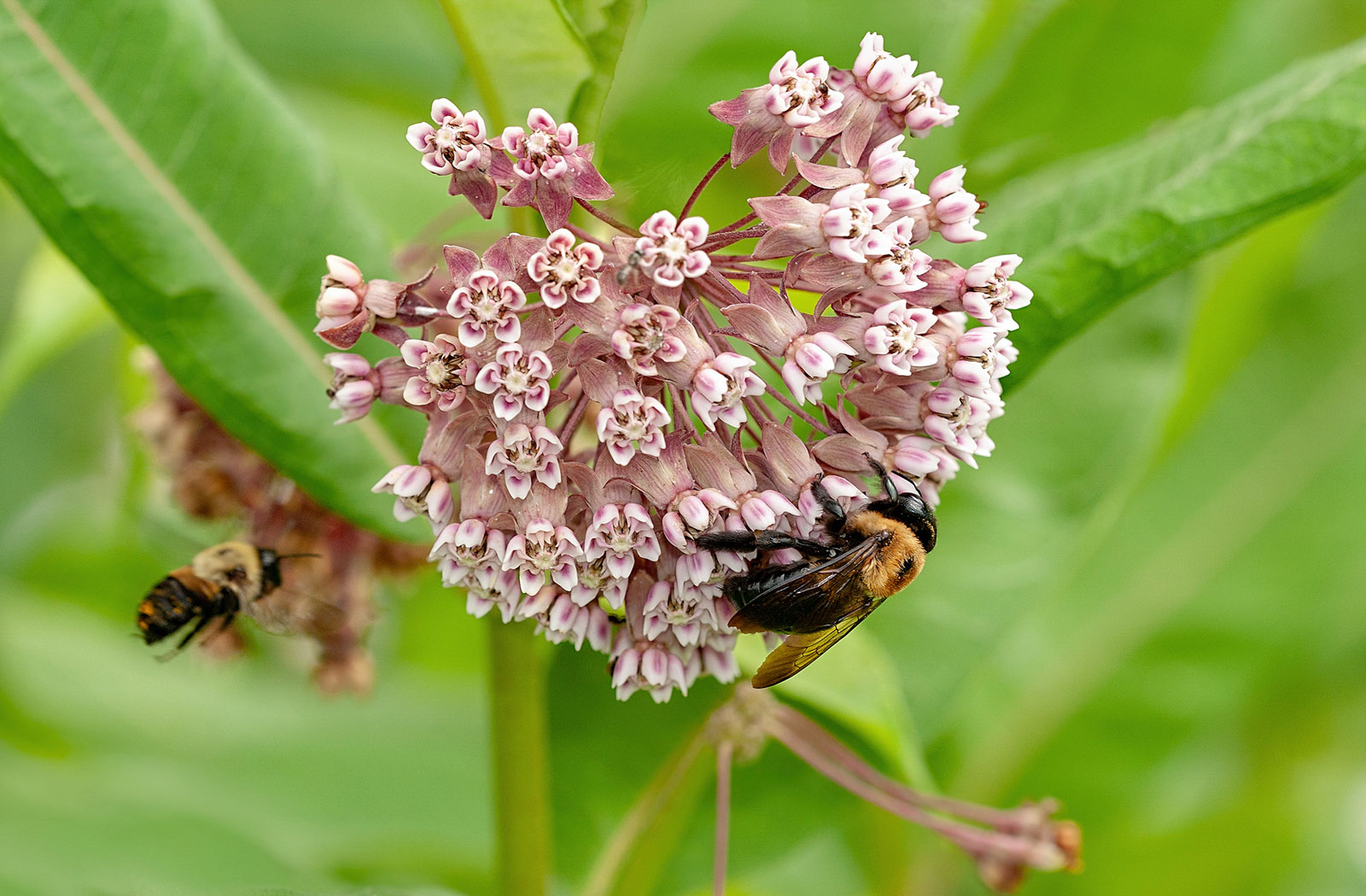
Native forbs are herbaceous flowering plants that are not grasses, and are essential for supporting pollinators, enhancing habitat diversity, and contributing to the overall health of ecosystems. Successfully establishing these plants requires careful planning, preparation, and ongoing maintenance. Here are our top tips for planting and maintaining native forbs to ensure they thrive in your landscape.
Tips for Establishing Native Forbs
- Select the Right Species
Choosing the right native forb species for your area is crucial. Consider your region’s climate, soil type, and specific conservation goals. Local ecotypes are often best adapted to thrive in your specific conditions. Consult with USDA, local extension services or native plant societies to identify the most suitable species for your project.
- Prepare the Site Properly
Proper site preparation is vital for the successful establishment of native forbs. This includes removing existing vegetation, addressing soil compaction, and ensuring good seed-to-soil contact. Techniques such as tilling, using herbicides, or solarizing the soil can help create a favorable environment for seed germination.
- Timing Is Key
Planting at the right time increases the chances of successful establishment. Forbs typically establish best when sown in the fall or early spring. Fall planting allows seeds to undergo natural stratification over the winter, promoting germination in the spring. Early spring planting can also be effective, especially in areas with harsh winters.
- Use Quality Seed Mixes
Investing in high-quality, regionally adapted seed mixes ensures better germination rates and plant health. Mixes should include a variety of forb species to promote biodiversity and resilience. Ensure the seeds are clean and free from weed contaminants.
- Planting Techniques
Proper planting techniques are essential for even seed distribution and good seed-to-soil contact. Broadcast seeding, drill seeding, and hydroseeding are common methods. Broadcasting is often followed by lightly raking the soil to cover the seeds. Drill seeding provides more precise seed placement but requires specific equipment.
- Manage Competition
During the establishment phase, managing competition from weeds and other vegetation is crucial. Techniques such as mowing, selective herbicide application, or mulching can help reduce competition and give native forbs a better chance to establish.
- Monitor and Adapt
Regular monitoring is essential to track the progress of your native forb planting. Look for signs of germination, growth, and potential issues such as weed invasion or pest problems. Be prepared to adapt your management practices as needed to support the successful establishment of your native forbs.
Long-Term Maintenance
- Periodic Disturbance
Many native forbs benefit from periodic disturbance, such as mowing, burning, or grazing. These practices can help maintain plant health, prevent woody plant encroachment, and promote biodiversity. Ensure that any disturbance is timed appropriately to avoid disrupting the life cycles of the forbs and associated wildlife.
- Supplemental Planting
Over time, some areas may require supplemental planting to maintain diversity and cover. This is especially true for sites with high disturbance or extreme environmental conditions. Periodically introducing new forb species can enhance habitat quality and resilience.
- Weed Control
Ongoing weed control is essential to protect your native forb planting. Monitor for invasive species and address them promptly using mechanical, chemical, or cultural control methods. Maintaining healthy native plant cover can also reduce the likelihood of weed invasions.
By following these tips, you can successfully establish and maintain native forbs, contributing to the health and diversity of your landscape. For more detailed advice and high-quality native forb seeds, contact All Native Seed. We’re here to support your conservation efforts with expert guidance and premium products
